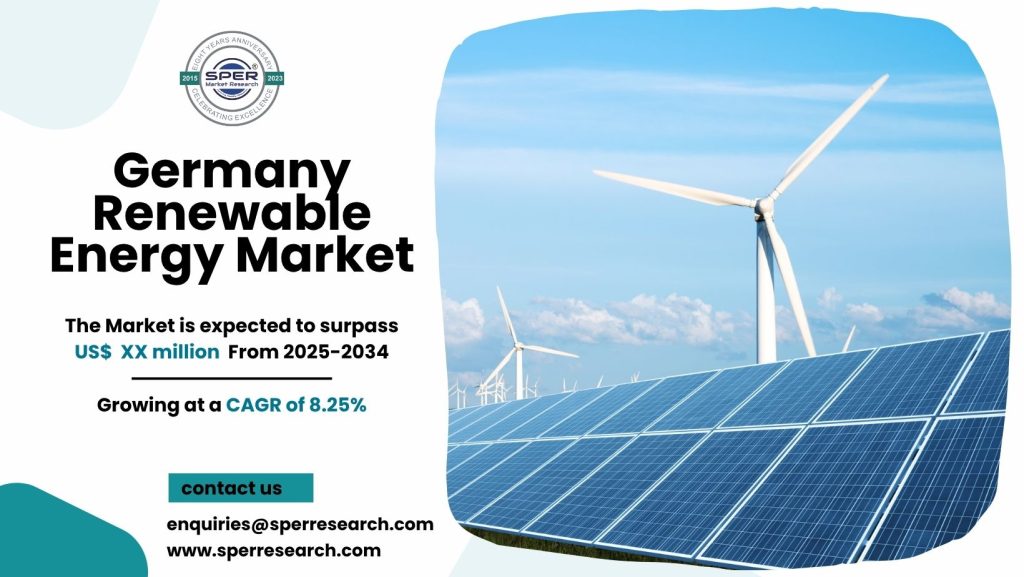An energy system with distributed energy sources and connected loads that functions either independently or in conjunction with the main power grid is known as a microgrid. Fuel cells, battery storage systems, wind turbine generators and microturbines, and solar generators are the primary components used to transport power from producers to consumers. It improves the electric grid’s efficiency and stability, reduces peak loads, fuel consumption, and congestion, and increases reliability and resilience.
According to SPER market research, ‘Asia Pacific Microgrid Market Size- By Connectivity, By Grid Type, By Power Source, By Storage Device, By Application – Regional Outlook, Competitive Strategies and Segment Forecast to 2034’ state that the Asia Pacific Microgrid Market is predicted to reach 87.85 billion by 2034 with a CAGR of 27.63%.
Drivers:
The proliferation of electric vehicle (EV) charging stations has increased the demand for microgrids. As more people adopt EVs, power consumption climbs, particularly in places with a high number of charging outlets, putting strain on existing grid systems. Microgrids provide a solution by generating and distributing power locally, thereby helping to control increased electrical demand. They optimise energy consumption and reduce grid strain, eliminating the need for costly improvements and peak demand on the grid, which can result in cheaper charging costs.
Request a Free Sample Report: https://www.sperresearch.com/report-store/asia-pacific-microgrid-market?sample=1
Restraints:
Grid interconnection issues offer a substantial barrier to the microgrid market’s growth. Incorporating microgrids into the existing electrical grid frequently includes technological and logistical challenges. Modifications or enhancements to grid infrastructure are frequently required to allow for the seamless integration of microgrids. Grid operators and utilities generally impose special connectivity requirements, complicating the implementation process and lengthening the schedule. It can be difficult to ensure compliance with these criteria as well as compatibility between microgrids and the larger grid system. These connectivity issues usually result in project delays and increased costs, thereby discouraging organisations from investing in microgrid systems. China dominated the microgrid market in 2024. The advancing economic landscape as a result of fast commercialisation and investments in industrial and utility-based electrification systems has also created a positive business environment. Over the next few years, the change from centralised grid systems to decentralised grid networks, combined with government initiatives to expand utility infrastructure in rural and island locations, will fuel industry growth. Some of the prominent market participants include ABB, Advanced Microgrid Systems (AMS), Caterpillar, Eaton, General Electric, General Microgrids, Hitachi Energy Ltd, Homer Energy LLC, and others.
For More Information, refer to below link: –
Asia Pacific Microgrid Market Share
Related Reports:
Asia Pacific Energy as a Service Market Growth
Asia Pacific Heat Exchanger Market Growth
Follow Us –
LinkedIn | Instagram | Facebook | Twitter
Contact Us:
Sara Lopes, Business Consultant — USA
SPER Market Research
enquiries@sperresearch.com
+1–347–460–2899









